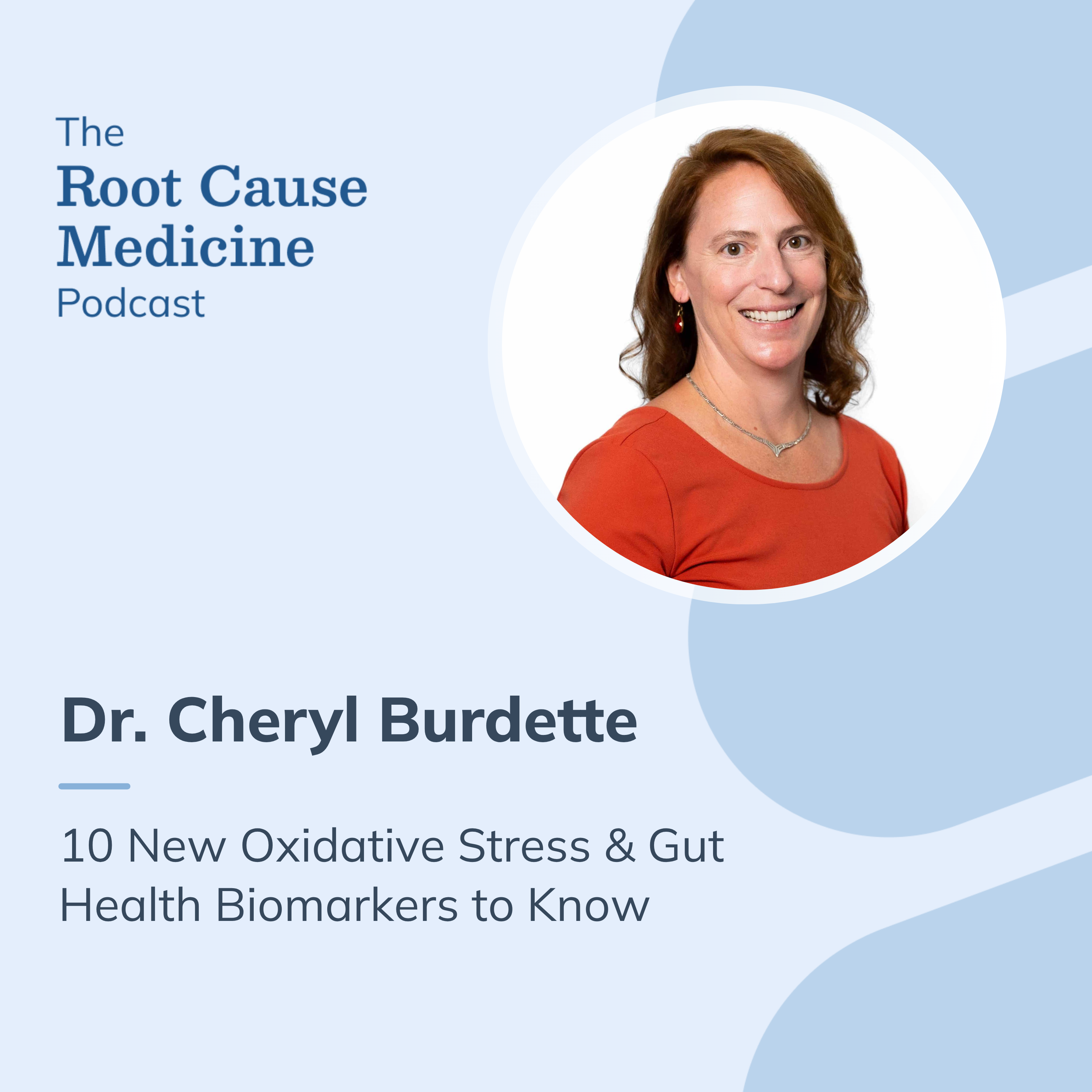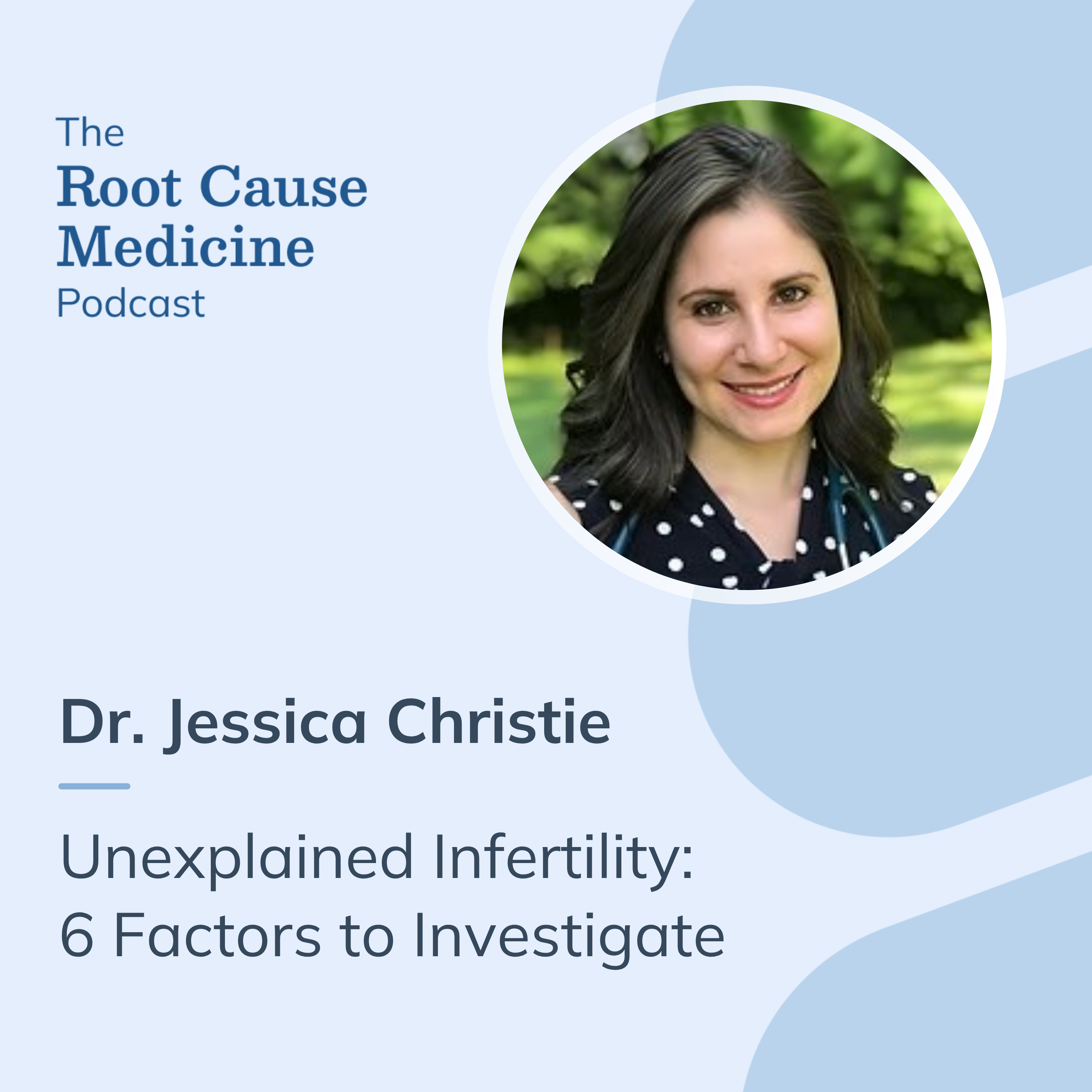Migraine headaches affected nearly 90 million people worldwide in 2019 and are about three times more common in women than men. Globally, migraine was the leading cause of disability in women aged 15-49 years, in 2019. 66% of those with migraines report a 50% or more reduction in productivity at home, and a 50% reduction in productivity at schoolwork. An estimated $31 billion annually is lost due to migraine-related work issues, such as sick leave and medical expenses.
There are many triggers associated with migraines, but no known single cause. Migraines are thought to have both a genetic and environmental component. Until puberty, migraine affects both females and males equally. After menarche, there is an increasing prevalence of migraine in females that continues into adulthood. The mechanism for this gender difference is not clear, but it is thought that there are hormonal influences on migraines.
[signup]
What are Migraines?
To give an overview of migraine headaches, they are described as episodes of moderate-to-severe headaches that are often one-sided, pulsing/throbbing in quality, and associated with nausea as well as sensitivity to light and sound. They can be classified into different categories according to the International Headache Society. The most common types include migraine without aura, migraine with aura, and chronic migraine. Menstrual migraines mostly occur without migraines, and exclusively in the perimenstrual period defined as 2 days before menses to 3 days after. Menstrual-related migraines occur both peri-menstrually, and at other times in the cycle.
The exact cause of migraines is unknown, but there is a genetic, lifestyle, and environmental component. The brain becomes increasingly sensitive to a broad range of stimuli, which can sometimes trigger the headache. Everyone has different migraine triggers which can include: stress, irregular sleep, diet, weather/environmental changes, hormonal changes, and medication overuse.
One of the challenges in diagnosing migraine headaches is getting an adequate history with details to make the diagnosis. It is important to distinguish between the types of diagnosis, as treatment will be different.
Typically, treatment of migraines includes abortive medications for an acute headache and preventive medication for recurrent migraines. An integrative approach to the management of migraines will include a detailed nutrition and lifestyle management plan, as well as herbs & supplements, in addition to conventional pharmaceuticals if needed.
Hormones and Migraine Onset
Estrogens are hormones made from cholesterol and primarily synthesized in the ovaries but they can also be made in the tissues and within the brain. They are produced in both men and women and likely play a key role in the development of migraines in women. Studies show that estrogens are mediators of multiple physiologic processes in both sexes.

Estrogens can directly reach the central nervous system, and exert physiologic effects by activating various estrogen receptors. The relationship between estrogen and migraines has been further evaluated in animal studies, which show that areas of the brain involved in the processing of pain and migraine development express estrogen receptors.
In women, the greatest risk for menstrual migraine likely occurs when estrogen levels drop in the menstrual cycle. Supporting this hypothesis is the observation that attacks of migraine without aura tend to decrease during pregnancy when estrogen levels are elevated, and again increase post-partum when estrogen levels fall. When oral contraceptives are used as treatment, migraine attacks can be managed due to stable levels of estrogen. In migraine with aura, the highest risk of attacks is during states of high estrogen, such as during pregnancy or while on hormonal treatment.
All of these observations support the hypothesis that migraine can be associated with changes in circulating estrogen. Studies show that during the menopausal transition, there is a high susceptibility to migraine due to frequent fluctuations in the sex hormones. More studies are needed to evaluate the course of migraines several years after menopause onset.
Hormonal Management of Migraines
In women who have migraine with aura, oral hormonal treatments are typically discouraged due to the increased risk of ischemic stroke. Hormonal treatment for migraines can be used by those who have menstrual/menstrual-related migraine without aura to help manage the estrogen withdrawal that precedes menstruation. Treatments largely fall into two categories – combined hormonal contraception, and estrogen therapy (non-contraceptive)
Combined oral contraceptives contain both estrogen and progesterone and are usually administered for 21 days with 7 days of a hormone-free interval during which the bleed occurs. Sometimes, migraines can worsen during the hormone-free interval, so a regimen with a shorter interval or continuous cycling of medication without a hormone-free interval can be utilized. Additionally, the contraceptive vaginal ring is an alternative route of administration for combined hormonal contraception that is also effective in reducing both menstrual-related migraine and migraine with aura.
Non-contraceptive treatment with estradiol (E2) is also an option for managing migraines with hormones. The transdermal route of administration with patches or gel is an alternative to oral estrogens and possibly provides more stable circulating levels due to its pharmacological properties. This is an option for those with predictable menstrual cycles, as estrogen can be administered a few days before the onset of menses.
Progesterone-only treatments have also been studied in women with migraine, and have been associated with a significant reduction in headaches. Progesterone-only treatments have a lower stroke risk than estrogens so are a good option for women at higher risk of vascular disease.
Phytoestrogens are natural substances that exert estrogenic activity in target tissues, such as the compound genistein found in soybeans. Studies have shown phytoestrogens to also be helpful in menstrual and menstrual-related migraine as they function similarly to estradiol. Phytoestrogens can be a good option for women who have contraindications for hormonal treatments, such as those with a high risk for stroke.
Non-Hormonal Therapies in Migraine Management
Non-hormonal migraine treatment begins with lifestyle changes. The simple advice of ensuring adequate and consistent meals, routine hydration, and consistent sleep can provide a good foundation for all migraine prevention. For many people, decreasing or eliminating processed foods, additives, and sweetened beverages can decrease the frequency of migraines as well.
Stress is the most commonly reported trigger for migraines, so complementary therapies for stress relief are also helpful. These include Cognitive Behavioral Therapy, Biofeedback with relaxation, and Relaxation training as well as acupuncture, yoga, and mindfulness meditation.
There is evidence that supplements such as feverfew, magnesium, coenzyme q10, and riboflavin (vitamin B2) may be useful for migraine prevention.
There are also many non-hormonal pharmaceutical medication options for treatment, which include triptans, non-steroidal anti-inflammatory drugs (NSAIDs), and others.
Triptans help manage migraine pain by activating receptors for serotonin, a neurotransmitter in the brain. Patients with a history of cardiovascular disease or uncontrolled hypertension may not be candidates for use of triptans. NSAIDs are a very common over-the-counter treatment utilized for migraines and can be combined with triptans to provide acute relief. However, overuse of NSAIDs can also lead to rebound headaches and are not appropriate for many. Gepants are a newer class of medications that target a specific protein (CGRP) that is linked to inflammation and migraine pain. These medications can be safe for those with a history of stroke or heart attack, but can have more drug interactions. It’s very important to work with your healthcare team to choose the best medication for your needs.
Latest Research and Developments
Recent research in migraines has led to the development of several new FDA-approved devices for the treatment of migraine. These are noninvasive neurostimulation methods and include transcranial magnetic stimulation and transcutaneous electrical nerve stimulation. They are generally well tolerated.
More studies in larger populations are needed to evaluate the impact of new combined hormonal contraceptives with natural estrogens, which have lower cardiovascular and thromboembolic risks. Additionally, the incidence of migraine in post-menopausal women should be further studied, and the role of HRT can be evaluated. Lastly, the use of complementary therapies with and without medication treatment warrants further study, as these therapies offer the lowest risk of side effects and the highest benefit for long-term sustainability.
[signup]
Hormonal Influences on Migraines: Key Takeaways
Migraine headaches represent an extremely disabling and complex condition. Some concluding thoughts on hormonal migraines are that given the burden on the population, and that almost 25% of female patients have menstrual-related migraine, this is an important neurological disorder that needs adequate diagnosis, treatment, and future research efforts. Working with a healthcare practitioner to identify unique triggers and create a personalized treatment plan including complementary therapies is the best course to a root cause resolution.










%201.svg)









.png)